Bubble Trap CFD Simulation, ANSYS Fluent
$80.00 Student Discount
- This project numerically simulates the Bubble Trap using ANSYS Fluent software.
- The 2-D geometry is designed in Spaceclaim software.
- We used ANSYS Meshing Software to generate mesh; the element number equals 32,000 .
- The multiphase VoF model simulates the two-phase flow of water and air.
To Order Your Project or benefit from a CFD consultation, contact our experts via email ([email protected]), online support tab, or WhatsApp at +44 7443 197273.
There are some Free Products to check our service quality.
If you want the training video in another language instead of English, ask it via [email protected] after you buy the product.
Description
Description
In this project, a bubble trap device is simulated using ANSYS Fluent software. Bubble traps operate based on the principle of buoyancy to separate gas bubbles from a liquid. When fluid containing gas bubbles enters the trap, it flows into a chamber where the velocity is significantly reduced, often aided by baffles or a wider cross-sectional area to minimize turbulence. As the fluid slows down, buoyant forces cause the gas bubbles to rise, capitalizing on the lower density of gas compared to the liquid.
The model is designed in two dimensions in SpaceClaim. There mixture of water and bubble enters from the side wall. There is also an outlet on below edge of the domain that let the pure water exit. This model is meshed in ANSYS Meshing software. In total, 32,000 cells are generated.
Methodology
The Laminar model is used. Also, the simulation is unsteady, so the process of entering and trapping the bubbles can be seen. To model water and air phases, Volume Of Fluid multiphase model is used. Because the device is working based on density gradient, gravity is applied in the Y direction.
Results
The mixture of water and bubbles enters from the side inlet. The bubble trap is initially filled with water. Due to difference in density between two phases, the bubbles that are the lighter phase, come through the surface of the water. There is also an outlet on top wall that let the air (bubble) escape. So, the pure water can leave the bubble trap from the bottom outlet. This is exactly the aim of usage of bubble traps. You can see the process in the animation.
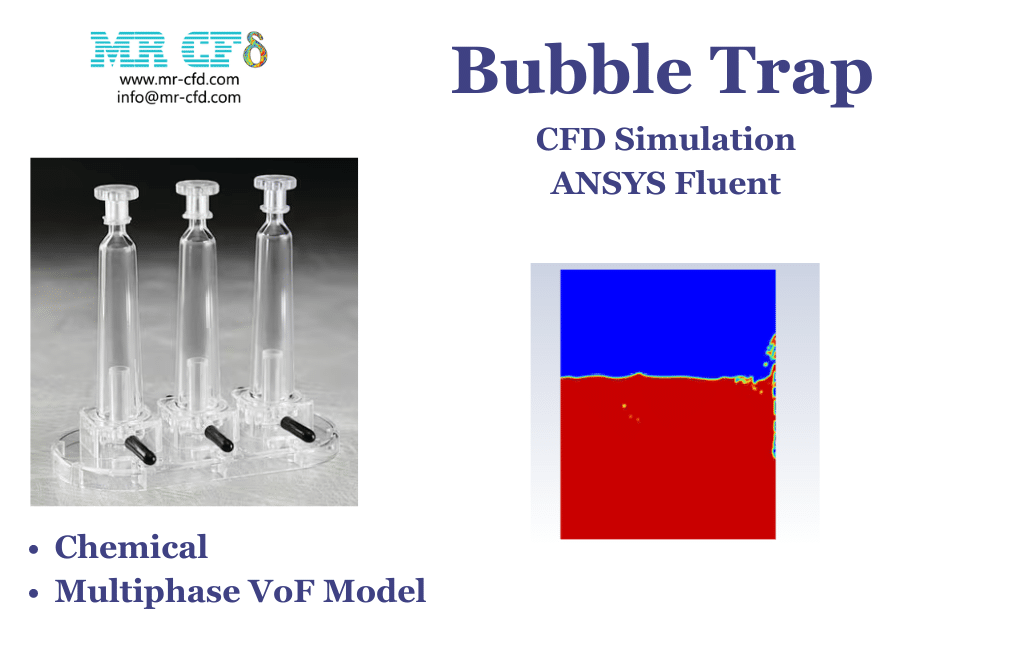

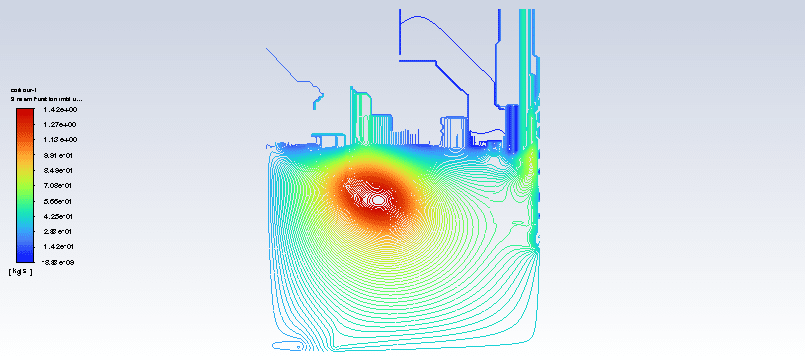
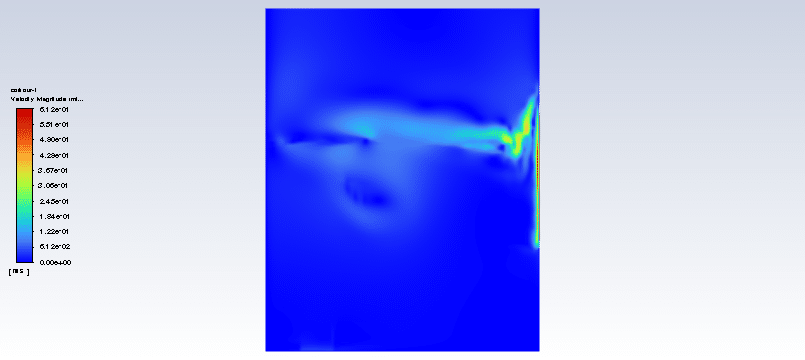
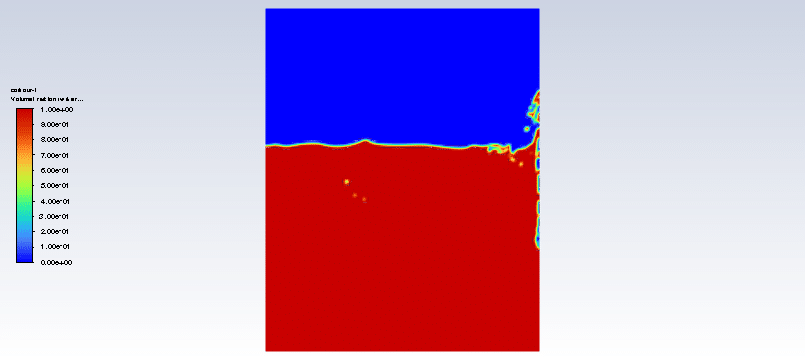
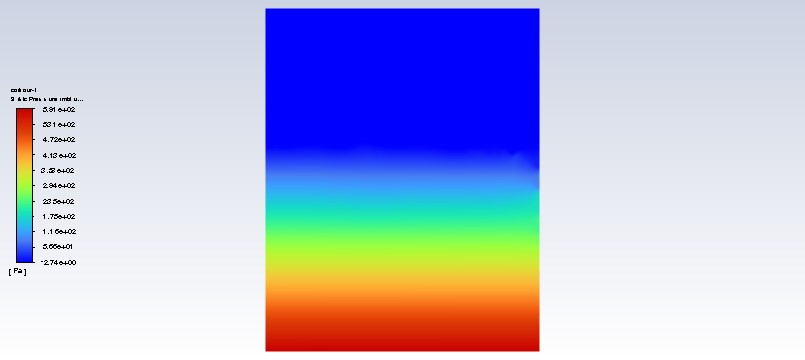
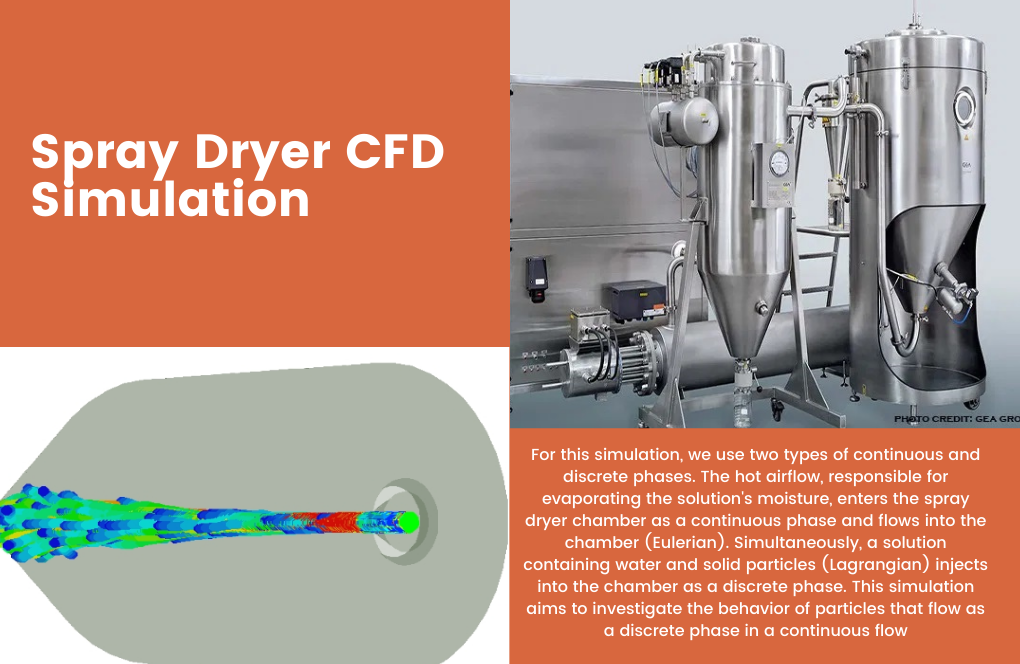
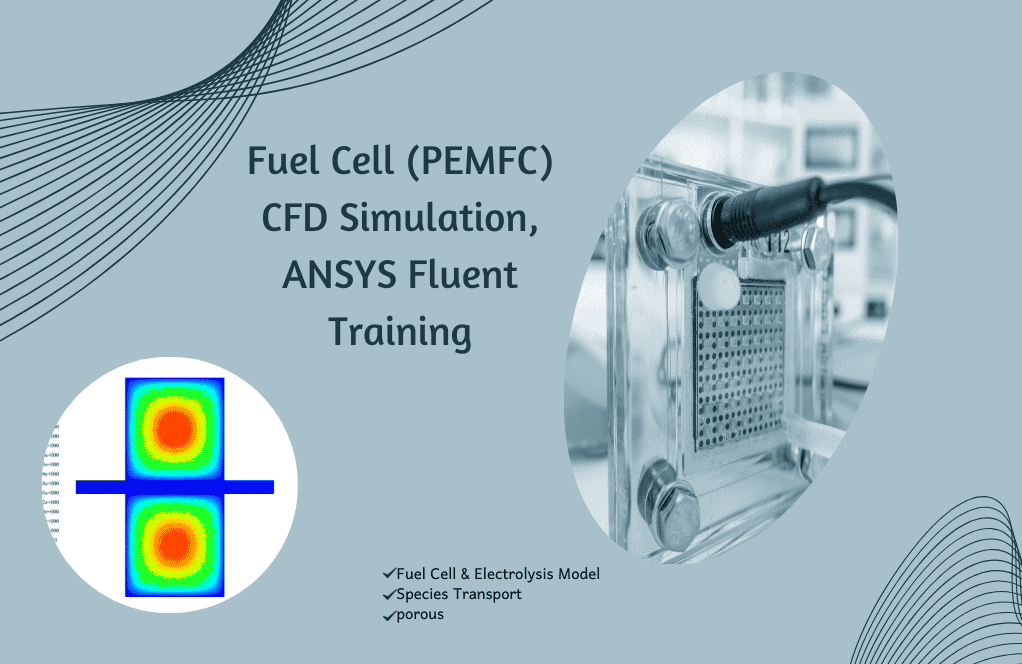
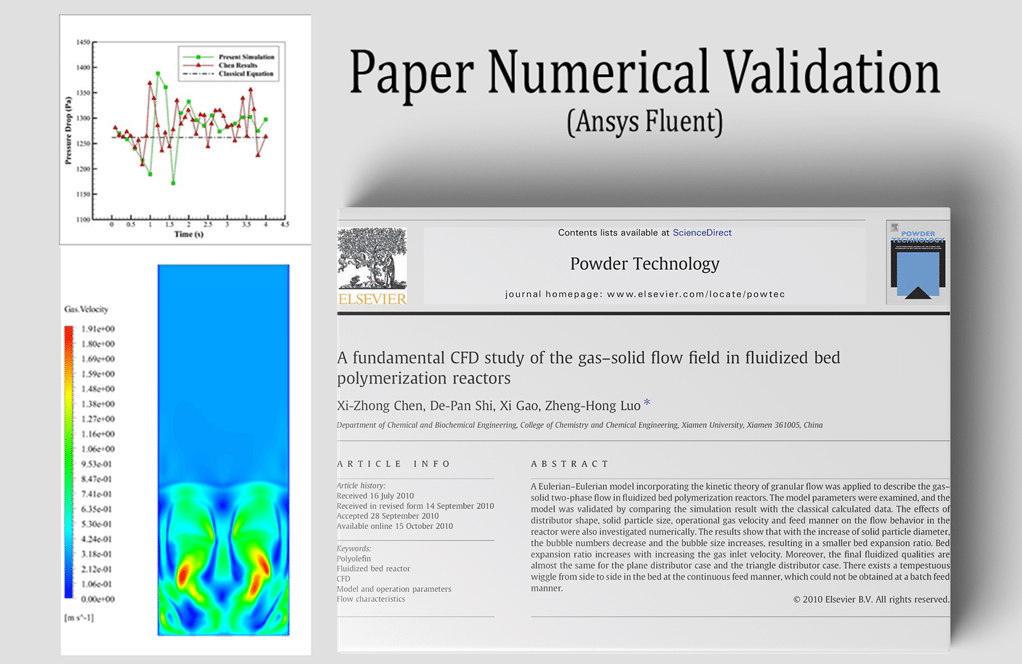
Reviews
There are no reviews yet.